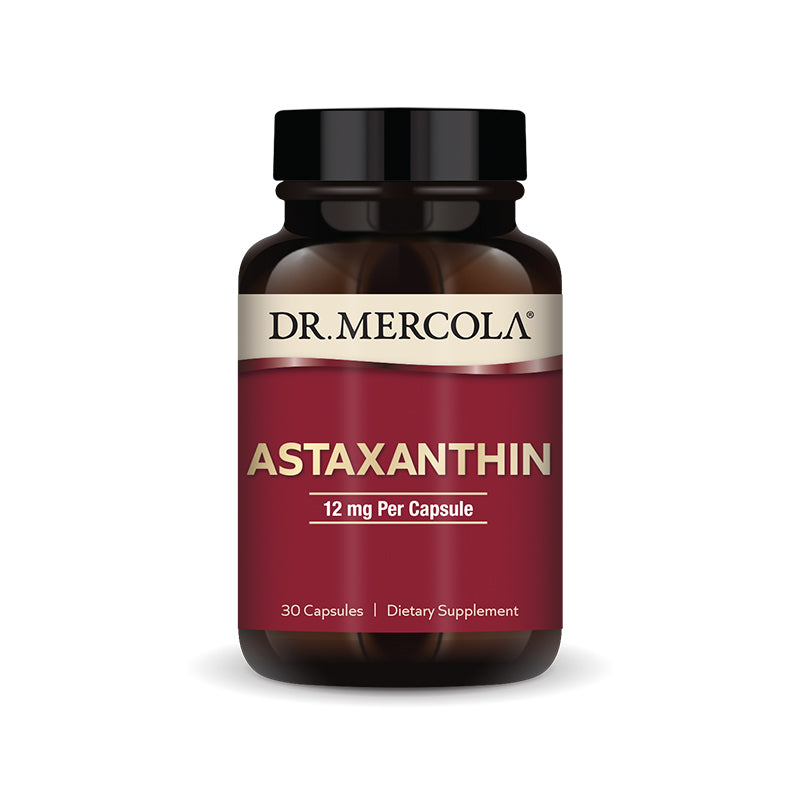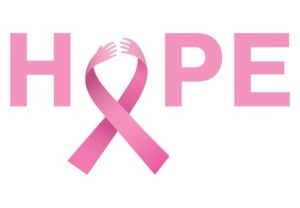This is an article shared from Dr. Tsu-Tsair Chi of Chi’s Enterprise. This is the invaluable information for you to understand that everybody is looking for. This also provides beneficial self assessment tools. Enjoy! Glen Depke, Traditional Naturopath
by Dr Tsu-tsair Chi Did you know that all of us have a 27% risk of developing cancer in our lifetime? Of course, the older we are, the higher this risk gets. Statistics show that more males (194 for every 100K) than females (116 for every 100K) develop cancer. So preventing cancer early enough is of vital importance. But how do we do that? Knowing the causes and risk factors of cancer is one way. One of the underlying causes of cancer is that maybe we are born with poor health that predisposes us to cancer. This may be genetic in nature or perhaps the mother had health issues while she was pregnant and passed that on to the child. This is often related to endocrine or hormonal problems, which would explain why studies show that 40% of women between 40-50 years old have microscopic breast tumors, 50% of men 50-60 years old have microscopic prostate tumors and 100% of people over 70 years old have microscopic thyroid tumors. These are all estrogen-related cancers. There are many risk factors of cancer that we know of: smoking, obesity, lifestyle or habits are just some that are most likely familiar. Depression, too, increases the risk because it can lower your immunity. Eliminating these factors may minimize cancer risk but it is even more important to know early signs of cancer so that we can start to suppress it before it gets worse.
Early Signs Of Cancer
What if you knew cancer can be detected very early, even before laboratory tests?

Cancer takes about 5 to 10 years to become clinically detectable. By then, it has most likely progressed to an advanced stage and harder to control. Cancer cells grow fast; they double every 9 hours (as opposed to normal cells which take 3 days to double). So we really must detect cancer early enough so that we can take steps to control it effectively. The fingernails and tongue can give us early clues of cancer. Up to 80% of cancer patients have missing lunulae (Figure 1) and have teeth marks on the tongue (Figure 2). Having these is already an indication of cancer risk, especially if you also have cold hands and feet. What kind of cancer it is depends on other physical markers or symptoms. Dr. Chi’s Fingernail and Tongue Analysis book details these markers.


LACK OF LUNULAE The lunulae are white half crescents on the base of the nails that indicate your circulation (Figure 1). Normally, you should have 8 of them, except on the pinkies. If you have less than 8, it means you are already starting to have poor circulation. If you have less than 4 lunulae, then this really is a sign of very poor circulation and you should start preventing cancer. Up to 80% of cancer patients have lunulae on the thumbs only. Poor circulation fuels angiogenesis, the process of new blood vessel formation which drives cancer growth. When there is not enough circulation, the body will try to compensate for this by producing more new blood vessels (process of angiogenesis); however, if blood flow is slow, it allows cancer cells to easily attach to other tissues and organs. Dr. William Li, MD, President of the Angiogenesis Foundation, spoke at the TED Convention in 2010 and explained that cancers start out as microscopic tumors that are waiting for blood supply so they can grow. But once angiogenesis is triggered and blood vessels start feeding the tumor, the cancer can grow exponentially up to 16,000 times faster. Microscopic cancer cells want to grow so they signal the body to release angiogenic factors (natural fertilizers like VEGF, EGF, IGF, FGF, etc. which will be explained later) that promote more blood vessel formation, making them grow (#1 and #2 in Figure 3). The blood vessels that are feeding the tumor also allow the cancer to exit into the circulation, invade other tissues and metastasize (#3 in Figure 3). This progression from microscopic cancer cells to cancer growth and metastasis can take about 5 to 10 years. Usually it is at this late stage that cancer is diagnosed.

So it is really important to look at your lunulae as an early warning sign of cancer and angiogenesis. If you had moons on your nails before and they disappear, especially if you have cold hands and feet, this is not a good sign. If you have 6 or 7 lunulae, you need to improve your circulation. If you only have less than 2 lunulae left, it is dangerous. It means you have an increased risk of angiogenesis in your body and therefore your cancer chance is higher. TEETH MARKS Teeth marks are indentations on the edges of your tongue (Figure 2) and signify insulin resistance. This means that once food and water are digested, nutrients and sugar are unable to go to their target tissues or organs for utilization. Cancer depends on sugar to grow. When you have insulin resistance or diabetes, you are unable to process sugar properly so you have higher levels of it feeding the cancer. This explains why many cancer patients show teeth marks. If you also have other signs of insulin resistance, then you need to be aware of your risk for cancer. You can check your A1c level, which would tell you if you are insulin resistant or diabetic. But if you do not know your A1c level, then you can look for these physical signs:
- If you are hungry and do not eat right away, you feel shaky, weak, or have a headache, this means you are hypoglycemic, a precursor to insulin resistance or diabetes.
- If the more you eat, the more tired and sleep you are then this can be a sign you are insulin resistant.
When you are insulin resistant, then the insulin-like growth factor receptor (IGFR) can be attached by insulin, triggering cancer processes. More than 70% of various cancer types express IGFR, like breast cancer, colon cancer, lung cancer, etc. There are other physical markers of cancer, but lack of lunulae and teeth marks are the most important early warning signs. If you have these, you should start preventive measures right away. Remember cancer risk increases with age. Cancer rate is much higher among people in their 40s. The rate peaks among people in their 80s. So the earlier we can detect cancer, the better our chances are of suppressing it.
ANGIOSTOP (Sea Cucumber Extract) Inhibits Angiogenesis and Multiple Tyrosine Kinase Receptor
Once you suspect cancer or have been diagnosed with it, you need to start taking measures to suppress it. Especially if you have poor circulation, you need to stop angiogenesis from making harmless microscopic cancers malignant. Angiostop is a sea cucumber extract shown to inhibit angiogenesis and factors that promote cancer growth. Sea cucumber was featured in a Fox News segment on “Miracle Sea Cucumber used to Treat Cancer” in 2015. This comes as no surprise to us, since our Angiostop, a sea cucumber extract, has been available for more than a decade. There are over 2,000 species of sea cucumber but only a few species have bioavailability for cancer. The sea cucumber species used in Angiostop are from the Pacific Ocean, 40 meters under the sea. For centuries, people from the Pacific have used sea cucumbers as an integral part of folk medicine, primarily used as treatment for stomach ulcer, tooth bleeding, stomach cancer and more. In the last decade or so, several active compounds (e.g., Philinopside, Echinoside) have been isolated and studied by our team and now known to have multiple inhibitory effects for cancer. Scientific studies have clearly shown that Angiostop inhibits angiogenesis. Since angiogenesis is a hallmark of EVERY type of cancer, it is a key target in suppressing cancer. Up until 2015, there are at least 29 targeted cancer drugs in the market that inhibits angiogenesis and other processes by targeting tyrosine kinase receptors (RTKs). Among more than 50 different RTKs, Angiostop inhibits 5 of the most important RTKs that are overexpressed in various types of cancer. VEGFR – Vascular Endothelial Growth Factor Receptor EGFR – Epidermal Growth Factor Receptor PDGFR – Platelet-Derived Growth Factor Receptor FGFR – Fibroblast Growth Factor Receptor IGFR – Insulin-like Growth Factor Receptor

RTKs are proteins or growth factor receptors found on the surface of cancer cells. When growth factors (blue circles in Figure 4) like VEGF (expressed in 100% of cancer types) attach to RTKs, they trigger unregulated cell growth, leading to various cancer processes like angiogenesis, proliferation, invasion, metastasis and inhibition of apoptosis. Each RTK is involved in different cancer processes (Table 1).















